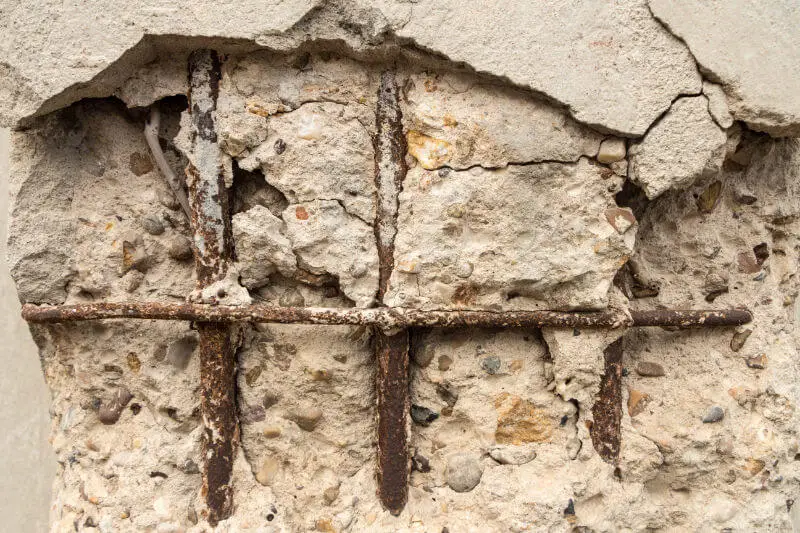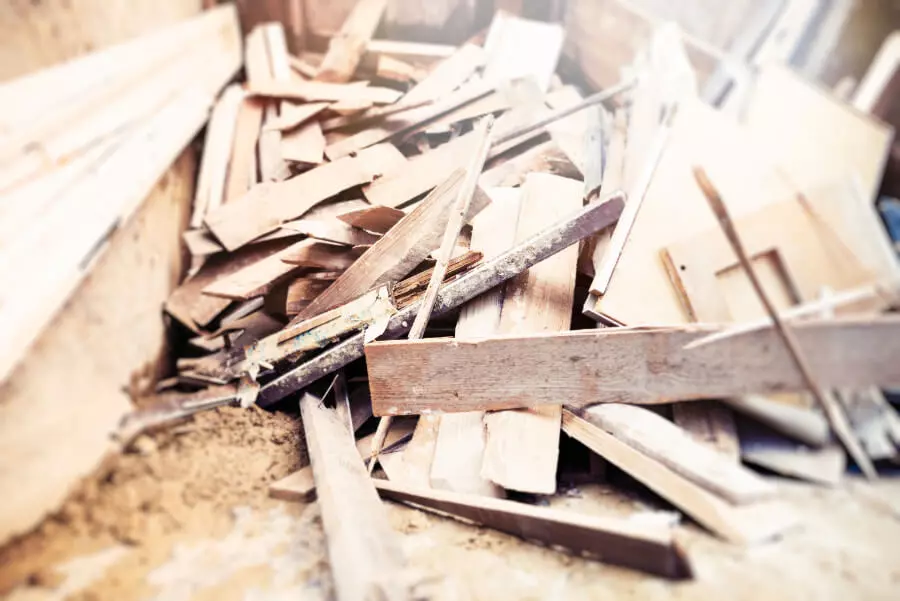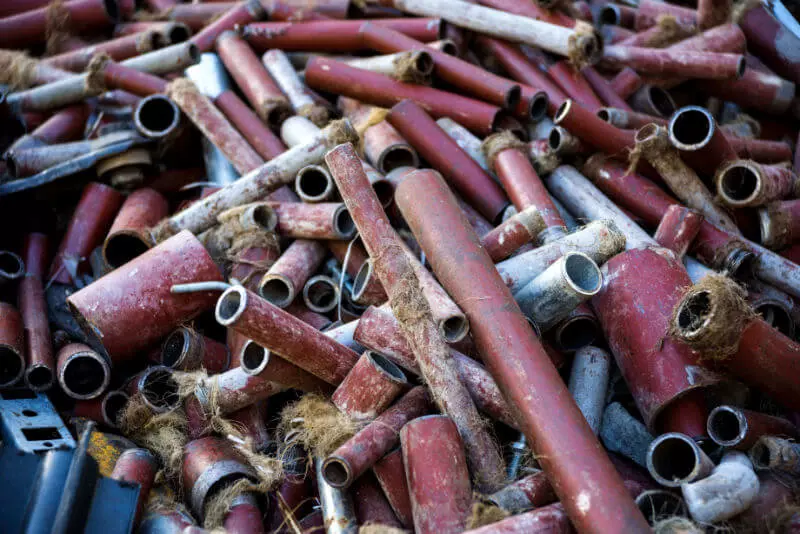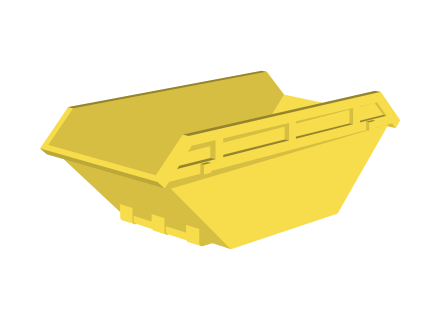We would like to use our own cookies, third-party cookies and similar technologies for statistical and marketing purposes. Customise your preferences by selecting the options below. Of course, you can also change your settings again afterwards. Learn more in our privacy policy.
Dispose of mixed construction waste
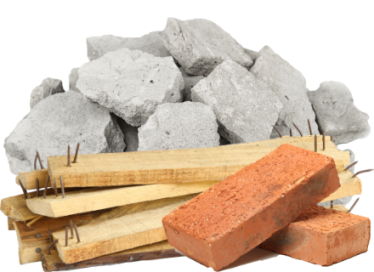
What is mixed construction waste?
The container for construction waste is a real all-rounder when it comes to comprehensive renovation or refurbishment work. One container for everything? Almost! Construction and demolition waste is a mixture of materials consisting of both mineral and non-mineral waste. Mineral materials include, for example, concrete, stones or polystyrene. Non-mineral materials are, for example, wallpaper or carpet remnants, wood waste and plastic.
Due to complex sorting in order to recycle the different materials afterwards, the disposal costs are correspondingly higher.
This is allowed
Often it is hardly possible to separate different types of waste on site. Therefore, the container for mixed construction waste may also be filled with a small proportion of mineral waste, such as construction waste or stones. However, the proportion of these mineral substances should not exceed 5% of the total volume.
Glass, ceramics
Plaster, sheetrock, plasterboard
Wood waste, sawdust (A I - III)
Plastics, pipes
Laminate, wallpaper, carpet residues
Paper, cardboard, cardboard packaging
Emptied packaging
Concrete, tiles, stones (max. 5 %)
Foil, polystyrene (max. 5 %)
This is prohibited
Mineral fibre waste or man-made fibre products must be disposed of separately and according to specific regulations. This also applies to electrical appliances of any kind, residual waste or various liquids. In order to avoid possible additional costs, we will be happy to advise you!
Construction materials containing asbestos
Waste containing bitumen, waste containing tar
Batteries, electrical appliances
Insulating material
Liquids, paint and varnish waste, solvents
Foils, glass and rock wool
Garden and park waste, organic waste
Rubber tyres, rubber seals
Household waste, residual waste, bulky waste
Order the right skip now!
We find the right partner and organise everything around the rental digitally and easily. So that you can concentrate fully on your project. Click here to go to the online shop: Simply enter your postcode, select the type of waste and container and let's gooo!

General notes
Filling: Containers may be filled to a maximum of the loading edge. The contents of the container must not exceed the side walls. At this point, independent raising of the side walls is not permitted. No liquid waste may be filled into the container.
Filling weight: Containers whose filling weights exceed a weight of 10 tons may not be transported. Please pay attention to the filling conditions and maximum weights. Overfilled containers cannot be transported safely and must be unloaded by the customer.
Access: Make sure that the vehicle has sufficient space and that access is possible without any problems. The minimum clearance height is 4 metres and the clearance width 3.50 metres. Since the container is lowered or unrolled to the rear, up to 15 metres of space is required. To facilitate manoeuvring, an additional length of 10 to 15 metres should be kept free.
Installation: A suitable surface must be available, i.e. it should be paved, level and stable. Sensitive ground is not suitable to be driven over by a truck, as it can otherwise be damaged by the heavy weight. Furthermore, a container cannot be lifted over fences/walls. Only a maximum height of 30cm can be exceeded.
Permission: If you want to place the container in a public space, you are responsible for the general duty of road safety. Even if we support you in this and help you apply for the necessary official placement permits, you are still responsible.

